Wearable Technology Market to Grow by USD 99.4 Billion (2025-2029): Technavio
The global wearable
technology market size is estimated to grow by USD 99.4 billion from 2025-2029, according to Technavio. The
market is estimated to grow at a CAGR of over 17.3% during the
forecast period. Popularity of wearable devices as a payment method is
driving market growth, with a trend towards development of low-power
electronics. However, rising penetration of counterfeit products
poses a challenge. Key market players include Apple Inc., ASUSTeK
Computer Inc., BAE Systems Plc, CINOPTICS, Citizen Watch Co. Ltd., Elbit
Systems Ltd., Garmin Ltd., Google LLC, Huawei Technologies Co. Ltd., Kopin
Corp., Lenovo Group Ltd., LG Corp., Magic Leap Inc., Misfit Inc., Polar Electro
Oy, Samsung Electronics Co. Ltd., Sony Semiconductor Israel Ltd., Tex Ray
Industrial Co. Ltd., Vuzix Corp., and Xiaomi Inc..
Market
Driver
The wearable technology market is
experiencing significant growth, with smartwatches, swimmers, cyclists,
runners, gym-goers, and athletes among the key consumer groups. Smart clothing
and IoT-based apparel are also gaining popularity. Healthcare is a major
sector, with smart wearables offering real-time health monitoring for patients
and healthcare providers. Counterfeit products pose a challenge, but consumer
electronics companies are innovating with electronic displays, connectivity,
and mobile phone integration. Wearable technologies include fitness bands,
AR/VR headsets, and pharma solutions. Older populations benefit from fall
detection and gesture controls, while younger consumers drive demand for
virtual and augmented reality devices. Wearables offer benefits for chronic
diseases like cardiovascular disease and obesity, and fitness enthusiasts and
the tech-savvy younger population are key consumers. Data security is a
concern, but the benefits of wearable healthcare devices, including health
self-efficacy and autonomy, outweigh the risks. The market is expected to grow
further with the integration of MEMS sensors, GPS, IMU, and fitness-tracking
wearables. The consumer electronics segment is driving technological
innovativeness, with digital health technology becoming increasingly
important.
The global wearable technology
market is experiencing significant growth due to the increasing demand for
advanced wearable devices such as smartwatches, smart bands, smart rings, and
Head-Mounted Displays (HMDs). To meet this demand, vendors are focusing on
developing high-performance and low-power-consumption electronic components.
These components, including sensors, processors, and batteries, are essential
for enhancing the functionality and efficiency of wearable electronics. By
adopting low-power-consumption semiconductors, vendors can create devices that
offer extended battery life and improved performance. This trend is expected to
continue as the market for wearable technology continues to expand.
Market Challenges
- The wearable technology market is experiencing
significant growth with various segments like smartwatches, swimmers, cyclists,
runners, gym-goers, smart clothing, IoT-based apparel, and more, catering
to athletes, adventure lovers, and sports enthusiasts. Challenges include
counterfeit products, wristwear, eyewear and headwear, footwear, neckwear,
body wear, and health monitoring solutions. The market comprises consumer
electronics, fitness bands, AR/VR headsets, and pharma, telehealth
solutions, medical practice, surgical training, and health monitoring
devices. Benefits include real-time health monitoring, IoT-enabled garments,
and technological innovativeness. Consumers, patients, healthcare
providers, and doctors use these smart wearables for disease management,
health event detection, and fitness tracking. Wearable technologies
include small sensors, MEMS sensors, GPS, IMU, and fitness-tracking
wearables. Data security issues are a concern, but the benefits of
improved health self-efficacy, health and autonomy, and technological
literacy outweigh the challenges. The market is driven by the younger
population's purchasing power and the benefits of connected devices in
clinical and non-clinical data collection. The consumer electronics
segment, digital health technology, and MEMS sensors are key players in
this market.
- The global wearable technology market faces a
challenge from the rising prevalence of counterfeit devices. Major brands
like Apple, Samsung, Fitbit, and Xiaomi have counterfeits of their popular
products, such as smartwatches and smart bands, flooding the market. These
counterfeits are predominantly manufactured in APAC regions due to the
availability of low-cost labor and established counterfeit markets.
Consumers, both knowingly and unknowingly, are purchasing these cheaper
alternatives, negatively impacting the market growth for authentic
wearable technology products.



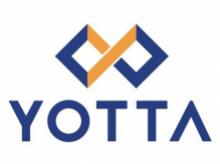

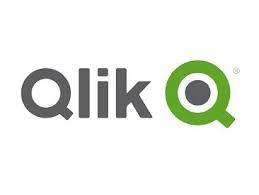








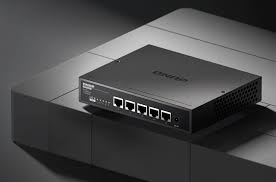







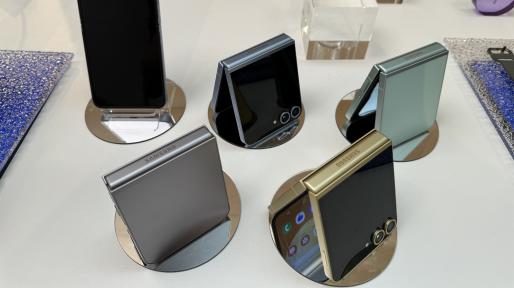







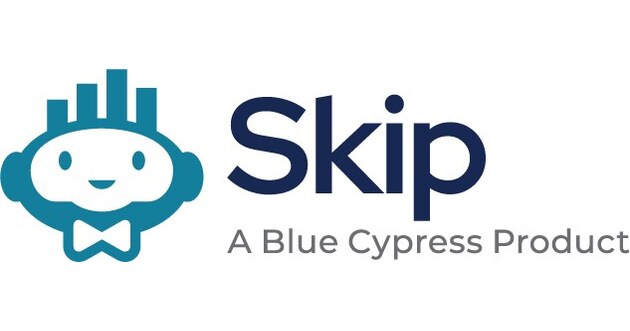


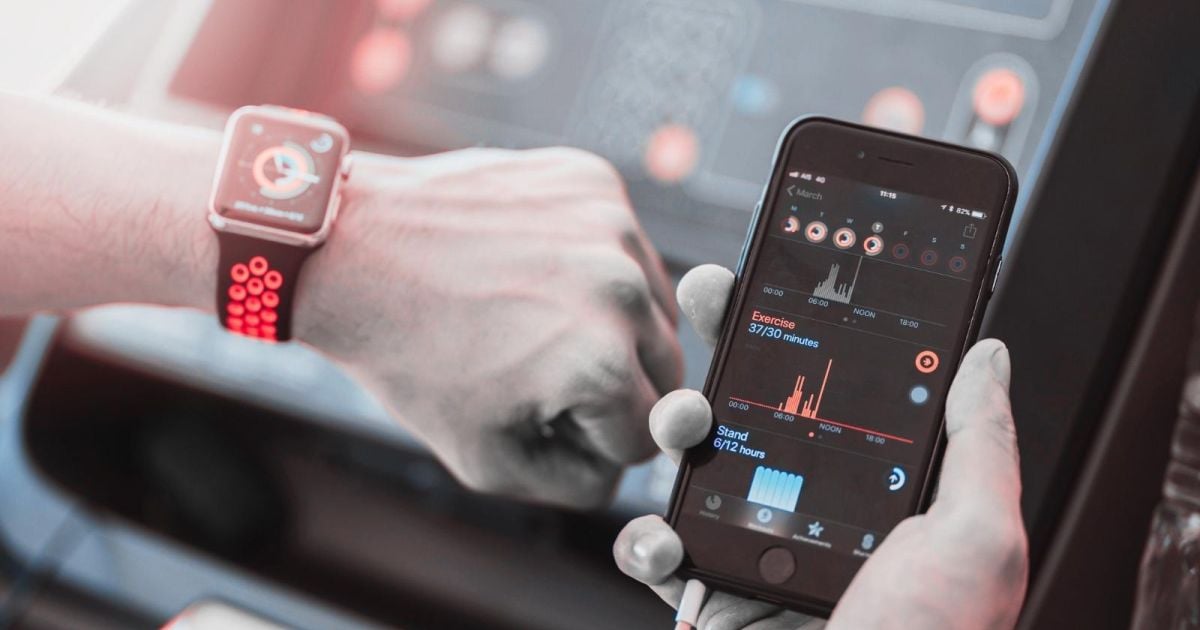
Leave A Comment